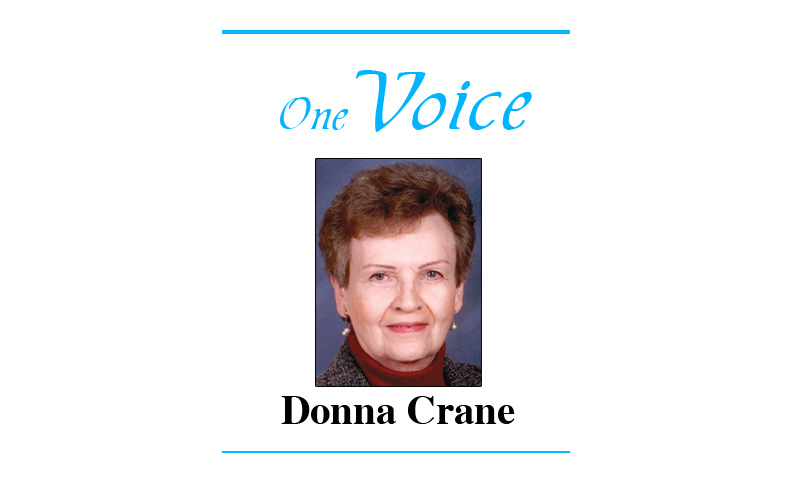
• Reprinted from the August 5, 2021 edition
First of two parts
Every day we find ourselves in gatherings, Priya Parker writes in “The Art of Gathering.”
“If we can understand what makes these gatherings effective and memorable, then we can reframe and redirect them to benefit everyone, host and guest alike” Parker writes. She defines a gathering as, “three or more people who come together for a specific purpose. When we understand why we gather, to acknowledge, to learn, to challenge, to change, we learn how to organize gatherings that are relevant and memorable: from an effective business meeting to a thought-provoking conference; from a joyful wedding to a unifying family dinner.
“Drawing my experience as a strategic facilitator who’s worked with organizations such as the World Economic Forum, the Museum of Modern Art, and the retail company Fresh, we see how ordinary people can create remarkable occasions, large and small. In dozens of fascinating examples, we can break down the alchemy of these experiences to show what goes into the good ones and demonstrates how we can learn to incorporate those elements into all of our gatherings. The result is a book that’s both journey and guide, full of big ideas with real-world applications that will change the way you look at a business meeting, a parent-teacher conference, and a backyard barbecue.
“In January 1933—the same month the Ford Motor Company laid off 100,000 workers and a record 242 U.S. banks failed, Virginia Kirkus started a business, the ‘Virginia Kirkus Bookshop Service’, that she was advised to file under “Pipe Dreams” by 24 of the 25 persons she asked for advice. ‘If I had to sell the Service to regular bookstores by mail, I’d fast and pray for a few days (because I think it is a damn tough job),’ and one friend replied to her, ‘Virginia, selling gold bricks by mail would be much easier.’
“For as long as she lived, Virginia Kirkus told everyone that the idea for the Virginia Kirkus Bookshop Service came to her in the middle of the night. There’s no reason not to believe her, but the epiphany had been a long time coming. It reached her, she said, fully formed, aboard a ship returning to New York from Germany, where she went for eight weeks in the Summer of 1932 to visit her parents; her father was an Episcopal minister serving at the American Church in Munich. Just before she set sail for Germany, Kirkus was told by her bosses at Harper & Brothers (now HarperCollins) that in six months’ time, not only her job as the head of the Department of Books for Boys and Girls, but the entire department would be ‘laid upon the shelf,’ as she put it, at least temporarily. ‘The depression was making its impress on our sales,’ she later reflected. ‘People were thinking that new books for children were unnecessary, while the old ones could serve.’
“Nevertheless, Kirkus didn’t change her travel plans (except to downgrade to tourist class). On her second night of the return voyage to America, she dreamed ‘so vivid a dream that it seemed to be an outline written on a blackboard.’ She jotted down the bare bones of what the Service would accomplish and how. She went back to sleep. ‘In the morning it still looked like a good idea,’ she later wrote in the Vassar alumnae magazine, ‘so I took the remainder of the voyage to chart my procedure, to write letters sounding out key people, and to work out details.
“It struck me the booksellers were usually in the position of buying a pig in a poke.
“Although the idea for the Service blossomed that night on the ship, it had been bubbling in Kirkus’ mind for at least several years. When she directed the Department of Books for Boys and Girls, she would occasionally make trips around America visiting booksellers. ‘It struck me the booksellers were usually in the position of buying a pig in a poke,’ she explained later in life. ‘They looked over all the publishers’ lists and ordered books with nothing but the publishers’ say-so to guide them in deciding which books they needed in quantity.”’
Continued next week

